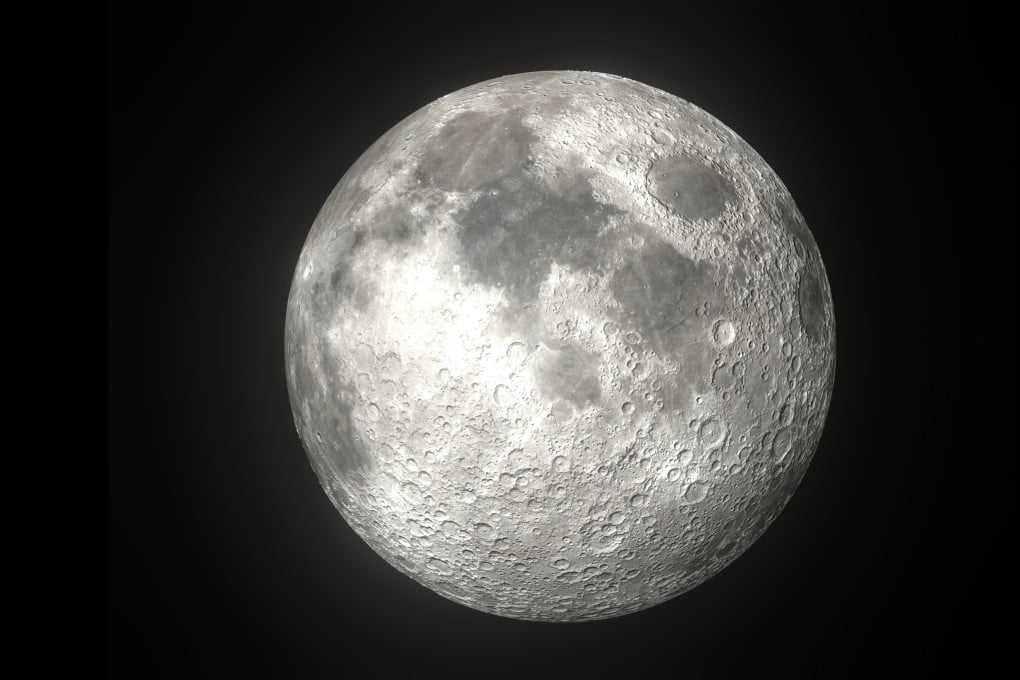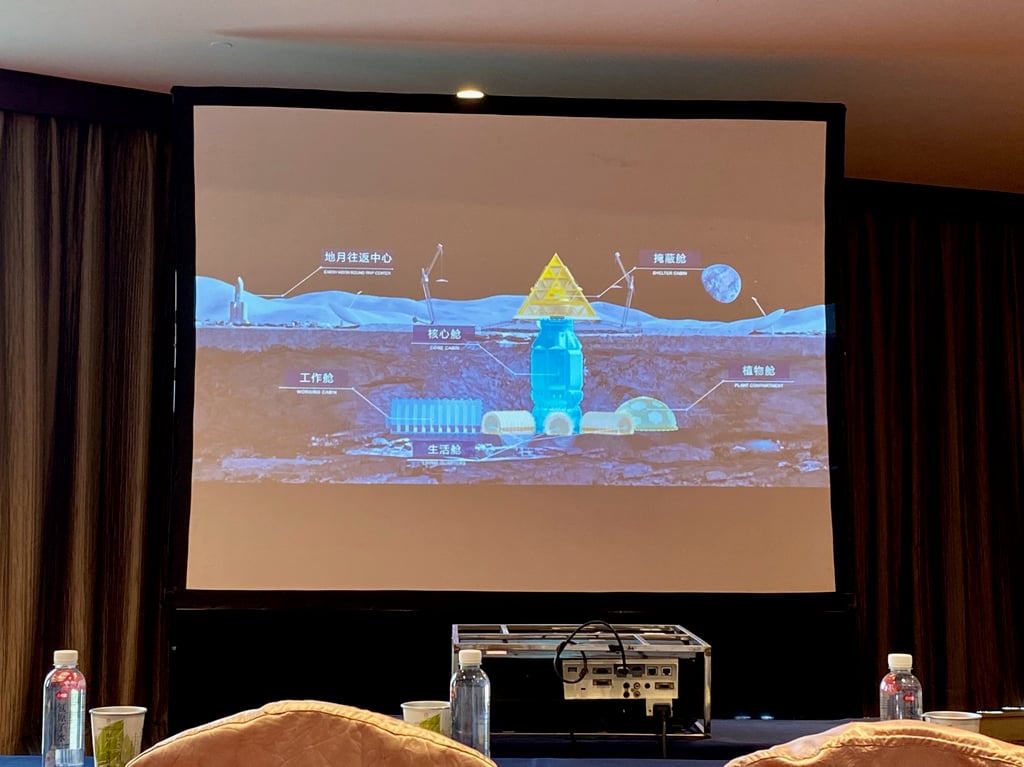Chinese space designers eye moon base in volcanic caves for long-term stays after 2035
- Hollow lava channels underground offer natural shield against space radiation and extreme temperatures on the moon
- ‘Laurel Tree’ lunar base is currently at the design phase, Chinese space architect tells the national science assembly

The tunnels, also known as underground lava tubes, were carved out of molten rock during ancient volcanic eruptions. While the outside of the lava flow cooled more quickly and solidified, the rest poured out to leave a hollow elongated shell behind.
The tubes can be several kilometres long and tens of metres wide, offering a natural shelter against space radiation and extreme temperatures on the lunar surface.
“The moon’s south pole could become really crowded, and the extraction of water ice remains technically challenging, so we wanted to explore other possibilities,” Pan told a national space science assembly in central China last month in unveiling plans for the lunar base.
The base, named “Laurel Tree”, was still in the early design phase, Pan said. It will have a pyramid-shaped structure above the ground serving as the entry/exit point, with its underground components including a core cabin, a working cabin and several living quarters.
